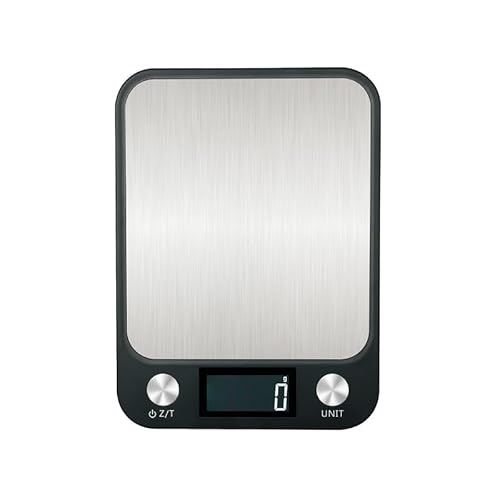Lionprincess posted an excellent tallow rendering method. I haven't tried it on lard but I bet it would be just as good.
Ask a local butcher to save and grind the fat for you. Ideally, it would be leaf lard (lard from around the kidneys), but that's not a requirement. The grinding, however, is very very helpful.
Here's LionPrincess's method:
Edit in a second to copy and paste my old post off here!
I take it and cut off all meat bits I can. Then I cut it into small inch sized pieces or so. Someone here mentioned baking soda to help the render smell, and another mentioned salt for helping get impurities out.
So.
I put it into a pot of water that's filled halfway up the fat. I pour a good half cup or so of salt into it. I mix oh about 3 tablespoons of baking soda into water and pour it on as well. It creates a reaction and releases carbon dioxide, so beware as it heats of spilling over. I did an experiment not using baking soda in the render, and by the third it still smelled extremely meaty. Whatever the reason, it helps a ton reduce the overall finished product's odor. BEWARE OF EVAPORATION, and fill with fresh water as needed.
I heat it on medium low for a good half hour, and then lower the temperature to full low. I simmer for, oh, 4 hours or more, until the fat looks like a gelatinous gooey sinus infection lol. I strain it through a sieve into a glass Pyrex baking dish, used cheesecloth in the sieve once but can't find it anywhere after I ran out, so sieve it is.
I refrigerate it for at least 4 hours or so. It needs to cool completely through. Overnight is best.
Look at the liquid now. Below the fat in the dish after its cooled, the water is a deep muddy brown and STINKS like what I would *think* a dead body smells like. I almost gag at this point when I go and dump it in the field for the coyotes to sniff out haha.
Once I didn't do this, and I'm assuming I used cleaner pieces of fat and cut most trimming off compared to other times, so you may or may not get this.
It looks like it's pretty clean fat now, but there's more cleaning that can occur, and I want it very very clean to prevent smell, dos development, and just the yuck factor of bits being left behind. That water was so nasty, and if it was that bad there's more cleaning throughout the fat that needs to happen.
Scrape any funk off the base of the fat disc and discard.
Pop out the solid fat disc and place in the pot. Fill with water to cover an inch below the fat, or so. This isn't an exact science, so close is fine.. Add about a quarter cup of salt and another few tbs of baking soda. Heat on low, and melt it. I keep it here for a couple hours or so. I strain it out into the cleaned out Pyrex. Cool for at least 4 hours. It just needs adequate time to harden completely through. If you pop it out too quickly, the bottom of the disc will still be water logged. The water beneath the fat disc this second render is a murky slightly tinted white. Very murky.
Scrape the base of yucks again.
I do it again. This time I use about between 1/8 and 1/4 cup of salt. Honestly I dump and eyeball it, but for instructions sake, start with these and make it your own. The water after cooling is a cloudy white, but getting cleaner looking.
Scrape discolored base.
I do it the fourth time. The water is almost clear after this render and cooling. This is how I know most of the impurities are gone. I DON'T use salt this final render nor baking soda. The salt may be what clouds the left over water in the above rendering, but I know it still needs the extra rendering based on the smell too. The smell is nonexistent practically by the fourth render and cooling. The water left beneath the disc doesn't smell either by the fourth time. Is four necessary, probably not. I just want a clean clean product if I'm going to do it myself and not purchase it.
Now is it necessary on bigger batches, yes and so is a fifth. If you're doing a lot at once, it may need 5 renders.
If you split your 5 lbs into 2.5 renders each, 4 is good. If you do all at once, use a big enough pot for the bubbles of salt and baking soda reacting, and plan on 5 renders, and potentially 6 depending on how little the odor remains.
So, my final render is clear water and smell free even after a remelt of my tallow I rendered. So I do this method.
OK. The pics are my FIRST render. My second isn't great looking, and my third is cloudy and still stinky.












































